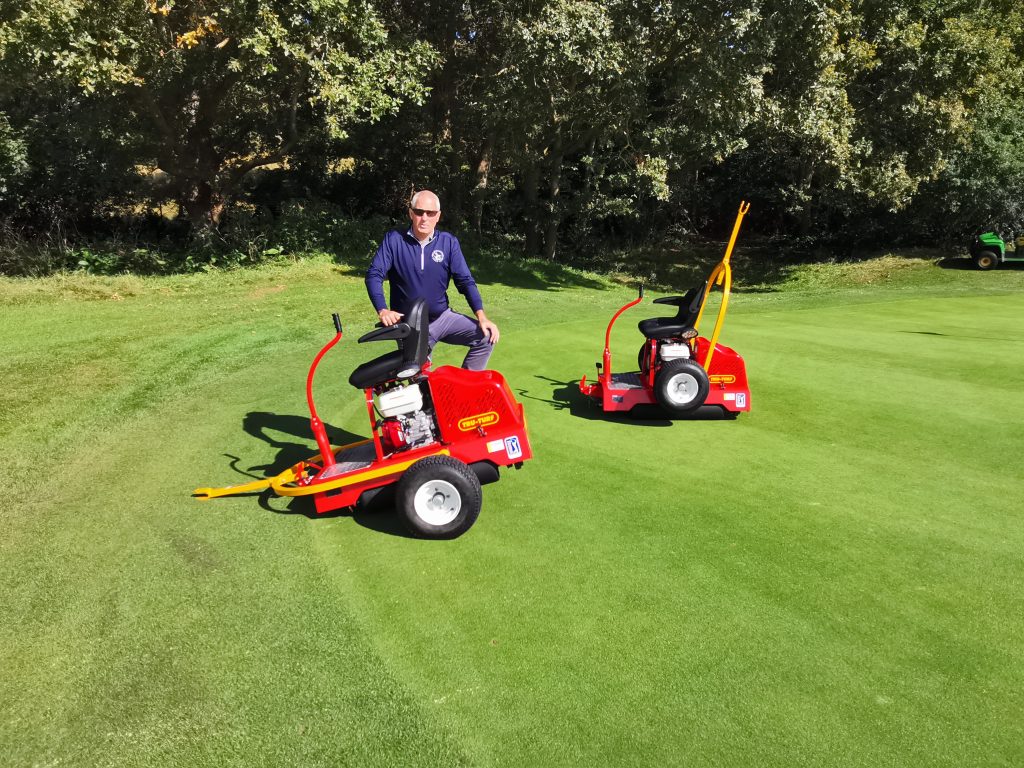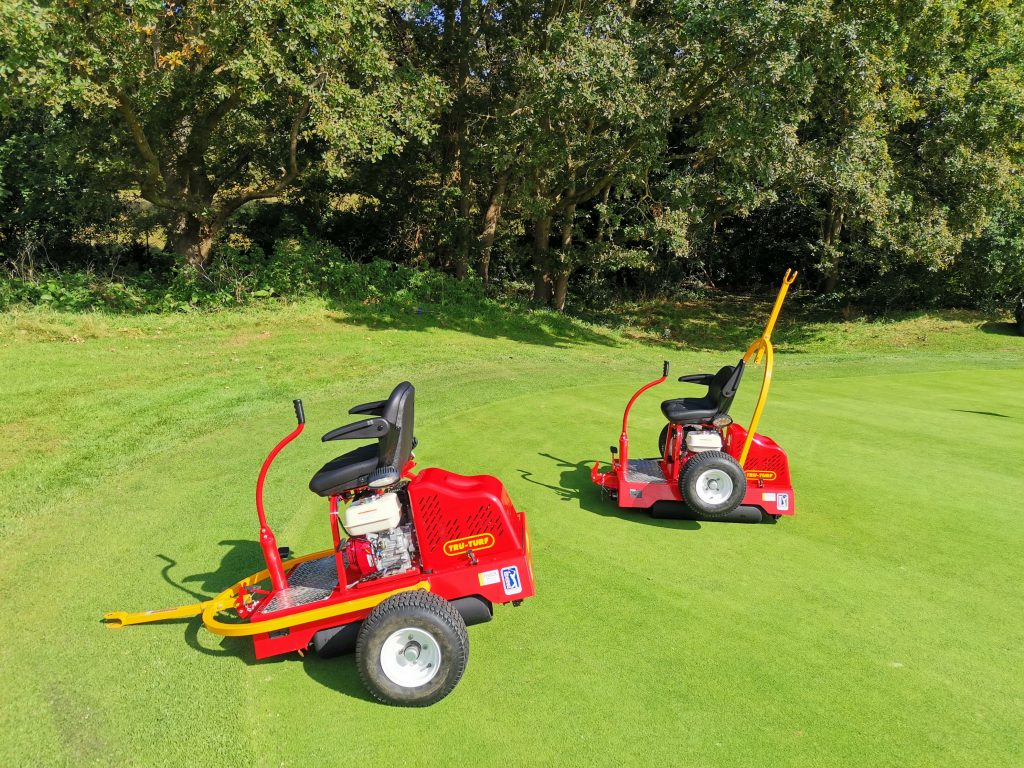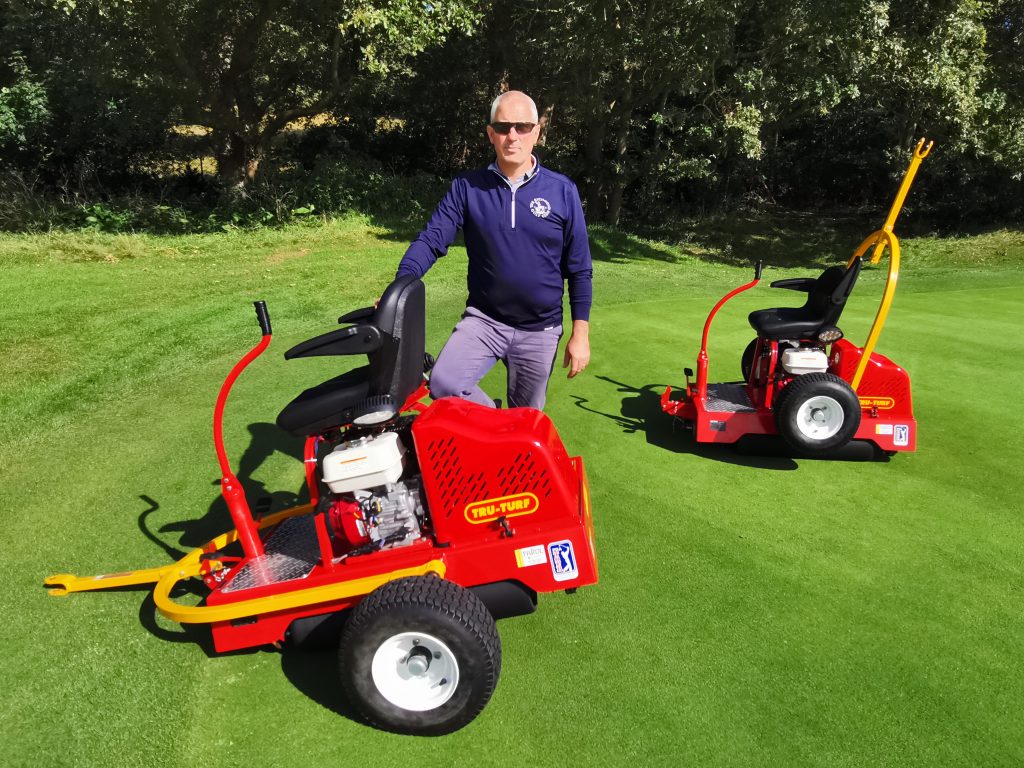Meet the course manager: Les Howkins MG
Related Articles
The course manager at The Richmond Golf Club in south west London explains how he became a convert to the idea of rolling greens on a regular basis.
Can you give a description of your career path to the course manager of The Richmond Golf Club?
Fell in to greenkeeping in May 1989 as a summer job, loved it so much I jumped at the chance to stay on full time in September. That was at Kibworth Golf Club in Leicester, they sent me to Sparsholt College on a block release basis to complete the old city and guild level 1&2. Then in 1992 I gave up working to go to Sparsholt full time to be one of the first to complete a full time college-based diploma. After finishing in 1995 I had a deputy job, then two course manager roles, before moving to Richmond on 1st April 2008
You and the team undertook a bunker upgrade late 2019, what did you do, were the members pleased with the outcome and how have the bunkers stood up to the much- increased play and traffic across the course throughout the pandemic period?
We actually undertook a full bunker renovation back in 2010/11 which was voted the Golf INC world golf course renovation of the year, something I am still very proud of. But as time and wear and tear continued, the edges started to degrade. After a trial we decided to install Durabunker edging. We felt this would give us more consistent aesthetics, less maintenance, and improved longevity. This has proved to be the case and they have continued to perform well under the extra demands of the post Covid golf boom.

You purchased two of the first ever Tru Turf RB48s, what were your reasons for choosing these particular models and buying two and how and when are you running them across the course to achieve best efficiency and achieve the best possible playing surfaces?
Being a bit ‘old school’ as they say, I was never really convinced about the value or effects of rolling greens on a regular basis, but about seven years ago I finally succumbed and got my hands on a cheap second-hand Tru Turf roller; I was an instant convert. I had a few years checking there was no detrimental effect on compaction, infiltration rates, rooting and general plant health and once I was happy we purchased another old second-hand Tru Turf roller and ran them both until this year when, as part of our commitment to an ongoing machinery replacement plan, we purchased two new RB48 rollers.
I know some people will think that having two is overkill and a waste of money, however, we have a lot of two tee starts and by having two rollers and two greens mowers we can ensure consistency for all starters. We also have the issue of not being able to work near the houses until a certain time so we often get caught up by golfers, again having two of everything helps us keep ahead of play.
When we knew we were going to be purchasing new rollers we had a demo of all available rollers on the market. We decided on the Tru Turf RB48 as it was easy to use (the team were very familiar with the set up), cost was very competitive, back up and service we knew was compatible with our expectations and the machines generally do a great job.

Like many clubs, The Richmond GC has seen a significant surge in membership. What challenges has this presented and how have you changed the way you and the team now work to maintain the course and ensure best condition and presentation?
Who would have ever thought a global pandemic would have caused a huge increase in golf participation? The whole thing is a bit nuts when you consider the general decline over the last decade. Here at The Richmond GC we now have a waiting list for membership and with many members now ‘working from home’, the course is busier than it has ever been. The course has dealt with the extra wear really well so far and I put this down to the maintenance regime of doing the right things at the right times, concentrating on plant health and sward density, it also helps that the course is on a fairly dry, free draining bit of land. The other factor that has definitely helped with managing the wear over the last 18 months is the fact we had a forced closure for almost three months at the start of 2021. This kept the winter wear levels down to zero and really helped us hit the ground running in the spring.
On a day to day basis we have just had to alter our way of doing things to ensure as much work as possible is completed prior to play. The club has been a great help with this and the introduction of online booking and an 8am first tee time during the week has made it so much easier to know what is going on (prior to Covid it was a free for all and members would start at 6.30am and just wander around the course and generally get in the way of course set up, which was fine as we knew other times of the day would be quiet).

What are the things that you enjoy most about your job and what are you most proud of?
I still love getting on a mower and making the golf course look great, the instant gratification of looking at a nicely mown fairway, tee or approach still gives me pleasure even after 32 years. I have been involved in a lot of industry related activities over the years and had a fairly successful career so far, but the one thing I am most proud of is the part I have played in mentoring the next generation of course managers. Over the last 20 years I have had over a dozen greenkeepers move on from my team to be course managers at other clubs and its great to see them being successful, but the thing I really love is when they phone me for advice, help or even just a catch up.

























